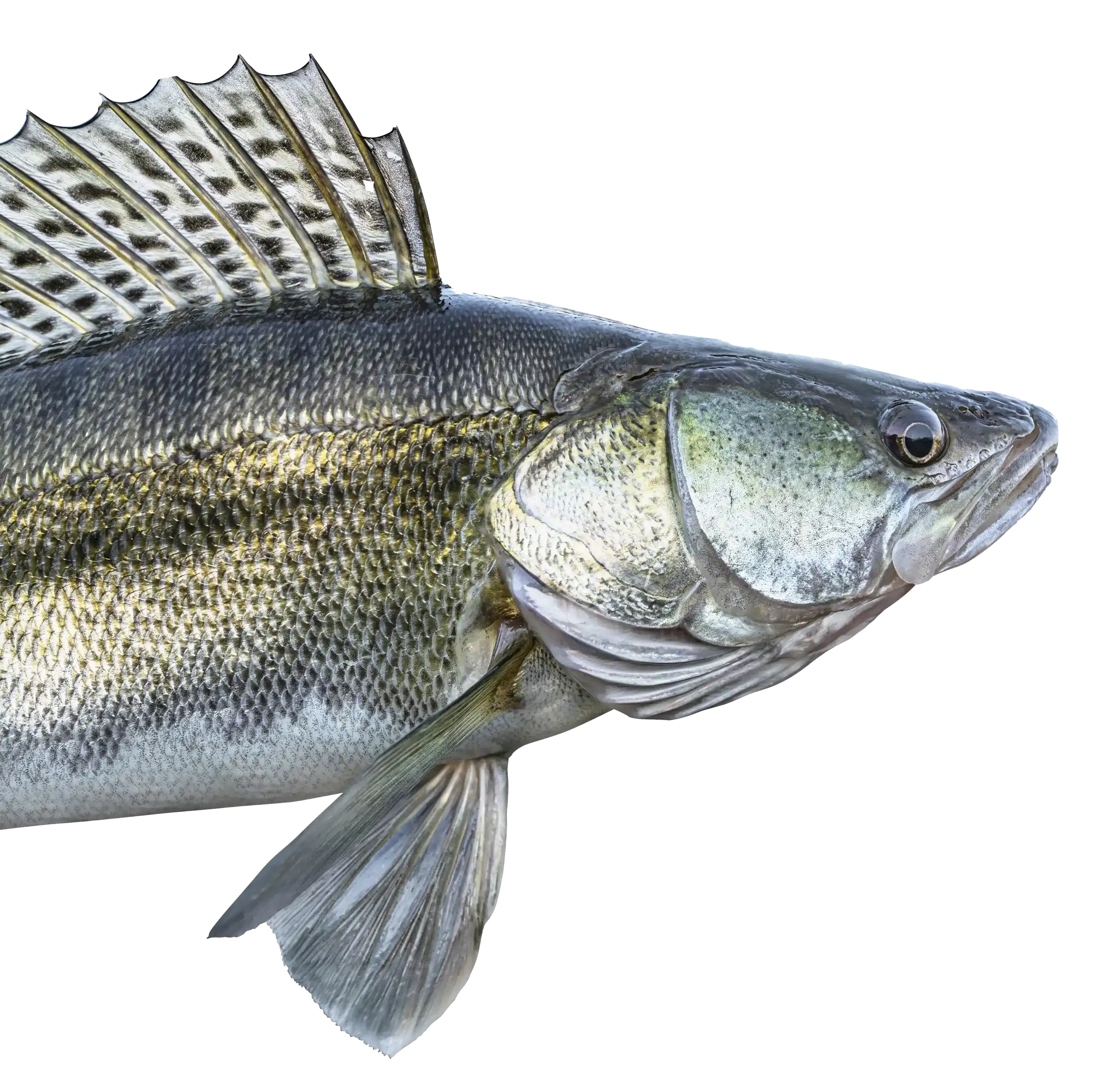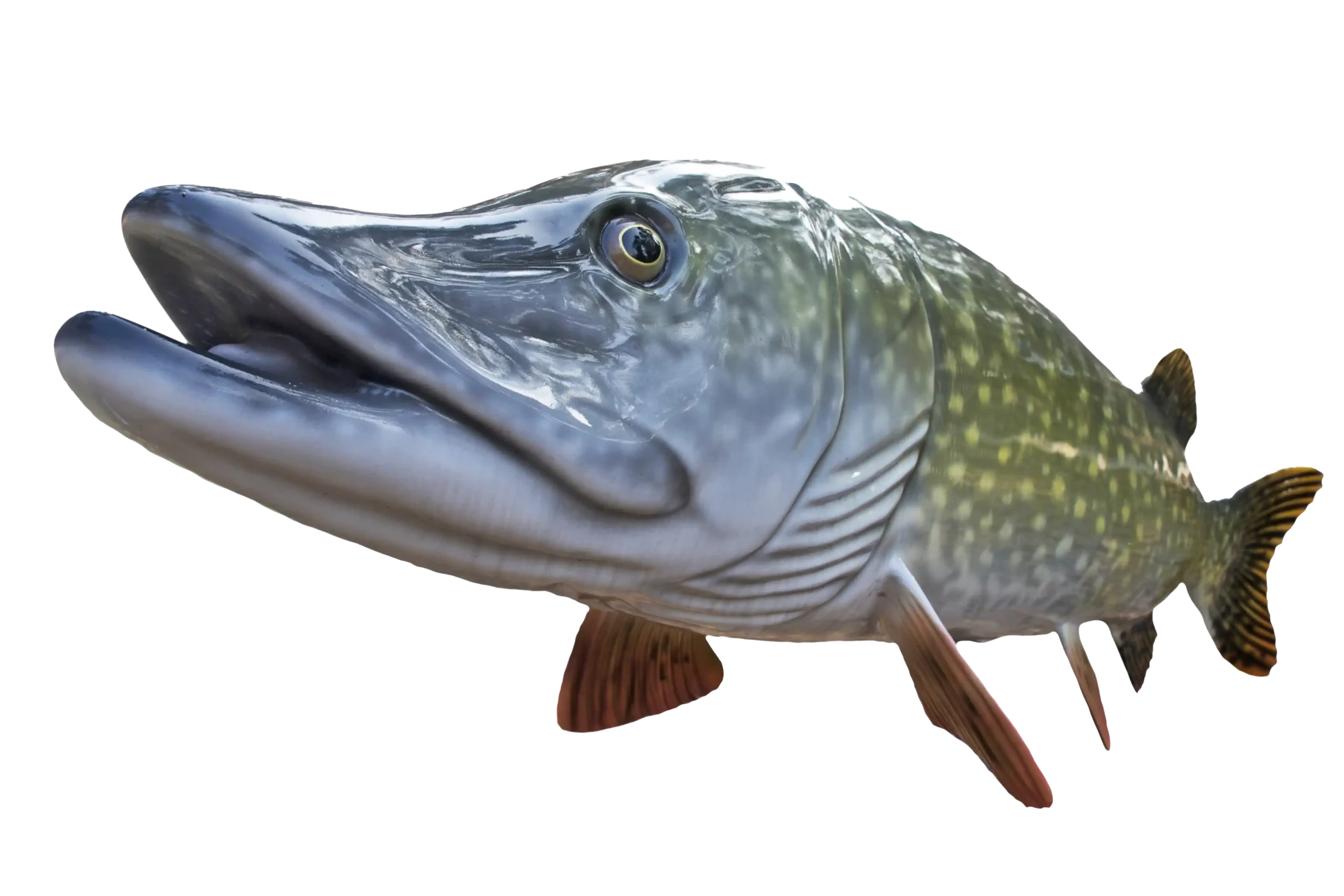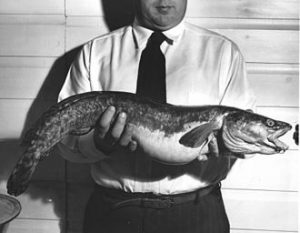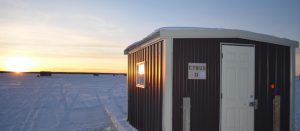

MTT. Minnesota Tournament Trail
NWT. National Walleye Tour
AIM. Angler’s Insight Marketing
Chili Bowl, Border View Lodge
Arnesen’s, Summer Tournament
River Bend Resort, Ladies tournament
Zippel Bay Resort, Northern Pike Tournament
AND MORE!
Things have sure changed over the years when it comes to the old days fishing. Things have also changed when it comes to looking back at the old days of Lake of the Woods. The stories are interesting, almost like taking a mini history class.
Early settlers heard about the sturgeon fishing on Lake of the Woods. “The sturgeon were used for their caviar. At one time, Lake of the Woods produced 2/3 of the world ‘s caviar.”
In the earlier years, there were no marine band radios, so you were on your own. If the weather changed, you ducked behind an island and rode it out.
The 80’s was a lot of change, commercial fishing on the Minnesota side of the lake came to a halt and the ice fishing business became public in the winter of ’85-’86. At that time, owners charged around $25 per person. That was transportation out and back, the fish house, bait, your tackle. They supplied the poles and everything. The winter business not only helped financially, but you could also keep employees on the roll for the whole year.
Not only sturgeon, but another fascinating slimy funny looking fish called the eelpout or the burbot kept showing up in the waters. Years ago people would catch the fish and throw them on the ice and let the birds of the air feast on them.
Then one day a gentleman started to explore the uses of the fish. Joe Rowell and his son Theodore were in the commercial fishing business and doing well, however, the nets kept getting filled with the burbot who actually feed on walleye and northern. Joe founded Rowell Fisheries and was very successful fishing and canning and the burbot which is a fresh water relative of the salt water cod fish.
The Rowell family were also avid trappers in the area and kept noticing how beautiful the pelts were of muskrat and beaver. Another gentleman joined their interest and they established a business raising foxes industrially. They fed them fish – the burbot. Their coats were incredibly beautiful. (This business has been long gone).

This incredible discovery has resulted in a great pharmaceutical company that still is located in Baudette, MN. The company is ANI Pharmaceuticals and is currently a big employer in the area and is still hiring. Come join the team! This is Great News for this northern country!
Back to today’s ice fishing season. What once started as an idea, when people placed a few fish houses out on the lake, today has become an incredible new industry. People from all over the United States come to fish the great Walleye Capital of the World™, has grown to see thousands of fish houses on the lake.
Old times or new times, fishing on the ice in the winter has proven to be one of the most enjoyable events of the frigid cold months in Minnesota. Old techniques were to put a line in the water, watch the bobber and wait for a “hit” to see if there were any fish down the hole. The new technique is to have electronics called Vexilars and every kind of pole and bait and color imaginable to “lure” those fish up the hole and into the frying pan.
Walleyes, saugers, northerns and perch are prevalent but yes, those eelpout and burbot still show up through the ice and have become a delicacy for many to eat. They are called the “Poor man’s Lobster” and have been showing up through the holes in great sizes.
Stories go on and on. For anyone into Lake of the Woods, into history, into the transformation of both open water and ice fishing, be assured every tale holds the truth.
For more information and lodging contact: www.lakeofthewoodmn.com/lodging
Click Here to View Prairie Sportsman TV about The Old Days of Lake of the Woods Fishing


Lake of the Woods
We firmly believe that the internet should be available and accessible to anyone, and are committed to providing a website that is accessible to the widest possible audience, regardless of circumstance and ability.
To fulfill this, we aim to adhere as strictly as possible to the World Wide Web Consortium’s (W3C) Web Content Accessibility Guidelines 2.1 (WCAG 2.1) at the AA level. These guidelines explain how to make web content accessible to people with a wide array of disabilities. Complying with those guidelines helps us ensure that the website is accessible to all people: blind people, people with motor impairments, visual impairment, cognitive disabilities, and more.
This website utilizes various technologies that are meant to make it as accessible as possible at all times. We utilize an accessibility interface that allows persons with specific disabilities to adjust the website’s UI (user interface) and design it to their personal needs.
Additionally, the website utilizes an AI-based application that runs in the background and optimizes its accessibility level constantly. This application remediates the website’s HTML, adapts Its functionality and behavior for screen-readers used by the blind users, and for keyboard functions used by individuals with motor impairments.
If you’ve found a malfunction or have ideas for improvement, we’ll be happy to hear from you. You can reach out to the website’s operators by using the following email
Our website implements the ARIA attributes (Accessible Rich Internet Applications) technique, alongside various different behavioral changes, to ensure blind users visiting with screen-readers are able to read, comprehend, and enjoy the website’s functions. As soon as a user with a screen-reader enters your site, they immediately receive a prompt to enter the Screen-Reader Profile so they can browse and operate your site effectively. Here’s how our website covers some of the most important screen-reader requirements, alongside console screenshots of code examples:
Screen-reader optimization: we run a background process that learns the website’s components from top to bottom, to ensure ongoing compliance even when updating the website. In this process, we provide screen-readers with meaningful data using the ARIA set of attributes. For example, we provide accurate form labels; descriptions for actionable icons (social media icons, search icons, cart icons, etc.); validation guidance for form inputs; element roles such as buttons, menus, modal dialogues (popups), and others. Additionally, the background process scans all the website’s images and provides an accurate and meaningful image-object-recognition-based description as an ALT (alternate text) tag for images that are not described. It will also extract texts that are embedded within the image, using an OCR (optical character recognition) technology. To turn on screen-reader adjustments at any time, users need only to press the Alt+1 keyboard combination. Screen-reader users also get automatic announcements to turn the Screen-reader mode on as soon as they enter the website.
These adjustments are compatible with all popular screen readers, including JAWS and NVDA.
Keyboard navigation optimization: The background process also adjusts the website’s HTML, and adds various behaviors using JavaScript code to make the website operable by the keyboard. This includes the ability to navigate the website using the Tab and Shift+Tab keys, operate dropdowns with the arrow keys, close them with Esc, trigger buttons and links using the Enter key, navigate between radio and checkbox elements using the arrow keys, and fill them in with the Spacebar or Enter key.Additionally, keyboard users will find quick-navigation and content-skip menus, available at any time by clicking Alt+1, or as the first elements of the site while navigating with the keyboard. The background process also handles triggered popups by moving the keyboard focus towards them as soon as they appear, and not allow the focus drift outside it.
Users can also use shortcuts such as “M” (menus), “H” (headings), “F” (forms), “B” (buttons), and “G” (graphics) to jump to specific elements.
We aim to support the widest array of browsers and assistive technologies as possible, so our users can choose the best fitting tools for them, with as few limitations as possible. Therefore, we have worked very hard to be able to support all major systems that comprise over 95% of the user market share including Google Chrome, Mozilla Firefox, Apple Safari, Opera and Microsoft Edge, JAWS and NVDA (screen readers).
Despite our very best efforts to allow anybody to adjust the website to their needs. There may still be pages or sections that are not fully accessible, are in the process of becoming accessible, or are lacking an adequate technological solution to make them accessible. Still, we are continually improving our accessibility, adding, updating and improving its options and features, and developing and adopting new technologies. All this is meant to reach the optimal level of accessibility, following technological advancements. For any assistance, please reach out to